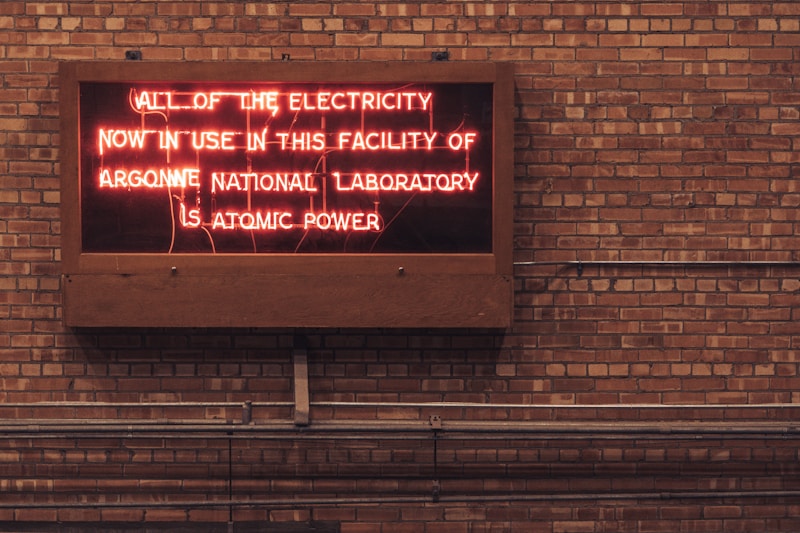12 Questions
What decides the cross-sectional area of a wire?
The value of current flowing through it
How is the length of a wire related to the number of turns?
The length is proportional to the number of turns
What is the weight of copper required proportional to?
Area and length
In a two-winding transformer, how is the total weight of copper calculated?
Total weight of copper = Weight of first winding + Weight of second winding
What is the advantage of using an autotransformer compared to a conventional transformer?
Reduced copper usage and size
What is a disadvantage of an autotransformer?
No electrical isolation between primary and secondary windings
Explain the configuration of an autotransformer when the number of turns N is less than N₁.
Step down transformer configuration.
Describe how an autotransformer functions as a step up transformer.
When the number of turns of winding AB (N₂) is higher than the number of turns of winding CB (N₁), the autotransformer acts as a step up transformer.
What is the primary winding in an autotransformer when operating as a step up transformer?
Winding CB.
Where is the load connected in an autotransformer when operating as a step up transformer?
Between terminals A and B.
Explain how an autotransformer achieves copper saving compared to a two-winding transformer.
By using a part of the winding as a common winding for both primary and secondary.
What is the purpose of autotransformer in electrical engineering?
To efficiently step up or step down voltages.
Study Notes
Autotransformer Configurations
- An autotransformer operates as a step-down transformer when the number of turns N is less than N₁.
- When the autotransformer is configured as a step-up transformer, the part CB of the complete winding acts as the primary winding, and the full winding AB acts as a secondary winding.
Autotransformer as a Step-Up Transformer
- The input voltage V₁ is applied between terminals C and B.
- The load is connected between terminals A and B.
- The number of turns of winding AB (N₂) is higher than the number of turns of winding CB (N₁), resulting in a step-up transformer.
- The load voltage V₂ is equal to N₂/N₁ times V₁.
Copper Saving in Autotransformer
- The cross-sectional area of a wire is decided by the value of current flowing through it.
- The length of the wire is proportional to the number of turns.
- The weight of copper required is proportional to area and length.
- The weight of copper is proportional to NI (number of turns times current).
- In a two-winding transformer, the total weight of copper is W = W₁ + W₂.
- In a step-down autotransformer, the total weight of copper is W = [(N₁-N₂)/N₁] × W₁.
- Copper saving takes place if an autotransformer is used instead of a two-winding transformer.
Advantages of Autotransformer
- The size of the autotransformer is smaller than that of a conventional transformer.
- The cost of the autotransformer is lower due to reduced copper requirements.
- The efficiency of the autotransformer is higher than that of a conventional transformer due to reduced resistance.
- The autotransformer has fewer losses than a conventional transformer.
Disadvantages of Autotransformer
- There is no electrical isolation between the primary and secondary windings.
- The autotransformer is not suitable for high voltage applications.
Test your knowledge on autotransformers in Basic Electrical Engineering. Questions cover topics such as step-down transformer configuration, step-up transformer configuration, and diagrams explanation.
Make Your Own Quizzes and Flashcards
Convert your notes into interactive study material.




